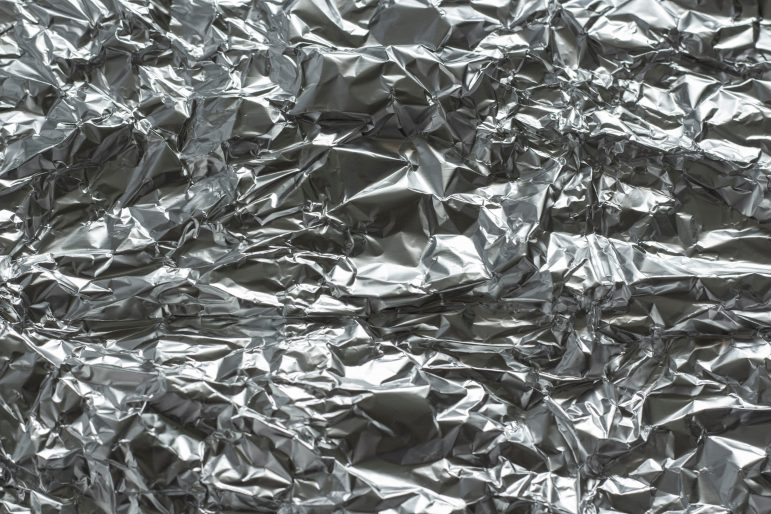Reducing the risk of infection has become an increasingly paramount concern for facilities in the time of COVID-19, especially in facilities housing vulnerable people.
But there could be a simple and effective preventative measure worth taking, according to new research: silver foil.
New research presented at this year’s virtual European Congress of Clinical Microbiology & Infectious Diseases (ECCMID) shows that covering high-touch surfaces in hospitals with silver-impregnated foil could significantly reduce levels of contamination by clinically important bacterial pathogens.
The study by Professor Andreas Widmer and colleagues at the University Hospital Basel in Switzerland, evaluated the antimicrobial effectiveness of polyvinyl chloride (PVC) foil containing an integrated silver-based agent containing 2 per cent silver ions. The silver-impregnated PVC foil was applied to high-touch surfaces in patient rooms where contamination levels of bacterial pathogens were anticipated to be high.
The researchers found that contamination levels on foil-covered surfaces were significantly lower than on those without the covering.
Overall, mean germ numbers were reduced by more than 60 times, while the median bioburden on untreated control surfaces was more than three times higher than on the antimicrobial foil. The large difference between mean and median relates to the large biological variability of germ density on the different types of surfaces.
The team also discovered that clinically important bacteria – in particular Enterococci – were significantly less likely to be present on foil-covered surfaces, and the antimicrobial effects were still present six months later.
The authors concluded: “A foil containing an integrated silver-based agent effectively decreases the load of clinically important disease-causing bacteria over a six-month study period.”
“Auto-disinfectant foils or similar antimicrobially equipped surfaces might help prevent transmission, in particular of Gram-positive pathogens from the environment,” the conclusion continued.
“Many studies confirm rapid recolonization (reinfection) of hospital surfaces even after vigorous disinfection. Therefore, such auto-disinfectant foils could be desirable in certain healthcare areas such as transplant units or also during outbreaks such as the SARS-CoV-2 pandemic we are currently experiencing. Further research should be extended to the antiviral activity of such surfaces, as this silver-impregnated PVC foil has been found to work in experiments against another type of coronavirus: human coronavirus HCov-229E.”
The hospital environment has increasingly been recognised as having critical importance when formulating infection control measures. Mounting evidence has demonstrated the role it plays as a source of bacterial transmission and subsequent hospital-acquired infections.
Regular cleaning and disinfection have of course been proposed as a vital measure for lowering infection risk throughout the COVID-19 pandemic. However, not only is this a time-consuming and resource-intensive process, other supplementary measures in tandem with this basic approach can help to reduce the risk of infection. Not only that, but in hospitals, housekeeping staff who are often charged with bolstering disinfection and reducing contact transmission can often feel underappreciated in their work.
Another approach could be to use auto-disinfecting surfaces, which would make it difficult for pathogens to survive and require less thorough cleaning to achieve a safe environment in patient rooms.









